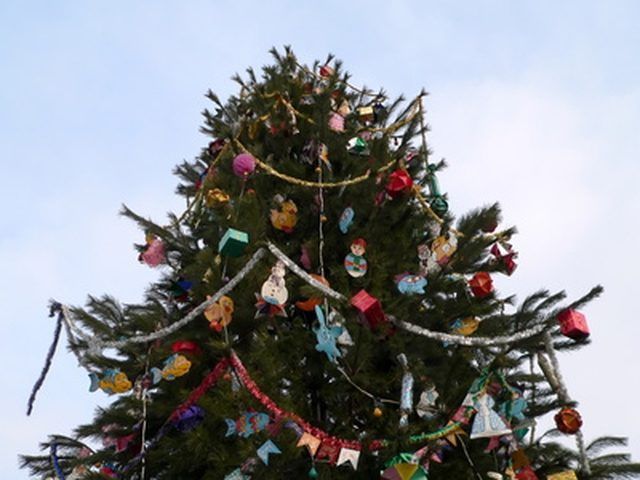Bulbs
Flower Basics
Flower Beds & Specialty Gardens
Flower Garden
Garden Furniture
Garden Gnomes
Garden Seeds
Garden Sheds
Garden Statues
Garden Tools & Supplies
Gardening Basics
Green & Organic
Groundcovers & Vines
Growing Annuals
Growing Basil
Growing Beans
Growing Berries
Growing Blueberries
Growing Cactus
Growing Corn
Growing Cotton
Growing Edibles
Growing Flowers
Growing Garlic
Growing Grapes
Growing Grass
Growing Herbs
Growing Jasmine
Growing Mint
Growing Mushrooms
Orchids
Growing Peanuts
Growing Perennials
Growing Plants
Growing Rosemary
Growing Roses
Growing Strawberries
Growing Sunflowers
Growing Thyme
Growing Tomatoes
Growing Tulips
Growing Vegetables
Herb Basics
Herb Garden
Indoor Growing
Landscaping Basics
Landscaping Patios
Landscaping Plants
Landscaping Shrubs
Landscaping Trees
Landscaping Walks & Pathways
Lawn Basics
Lawn Maintenance
Lawn Mowers
Lawn Ornaments
Lawn Planting
Lawn Tools
Outdoor Growing
Overall Landscape Planning
Pests, Weeds & Problems
Plant Basics
Rock Garden
Rose Garden
Shrubs
Soil
Specialty Gardens
Trees
Vegetable Garden
Yard Maintenance
Facts on the Fir Tree
Facts on the Fir Tree. The fir tree (family: Pinaceae; genus: Abies) has over 50 different varieties, which can be found throughout North America to South America, Asia and Europe. The genus Abies is a member of the subfamily Abietoideae, along with the genuses Cedrus, Keteleeria, Nothotsuga, Pseudolarix and Tsuga. The fir genus, being evergreen...

The fir tree (family: Pinaceae; genus: Abies) has over 50 different varieties, which can be found throughout North America to South America, Asia and Europe. The genus Abies is a member of the subfamily Abietoideae, along with the genuses Cedrus, Keteleeria, Nothotsuga, Pseudolarix and Tsuga. The fir genus, being evergreen and symmetrical in shape, is a popular ornamental choice. It provides some of the main species used for Christmas trees.
Types
Of the over 50 species within Abies genus, seven can serve as representatives: Grand fir (Abies grandis); Red fir (Abies magnifica); Silver or European fir (Abies alba); Fraser fir (Abies fraseri); Balsam fir (Abies balsamea); Santa Lucia fir (Abies bracteata). The Douglas fir (Pseudotsuga mensiesii), although a member of a separate genus, can also be included.
Features
The average height of a mature fir tree can vary drastically. A mature Douglas can reach an average height between 40 to 80 feet; the White/Silver between 35 to 40 feet; the Santa Lucia from 15 to 70 feet; the Balsam 40 to 70 feet; the Grand between 150 to 200 feet; the Fraser 60 to 80; the Red from 60 to 130 feet. All fir trees have evergreen needles, which vary in length from 1.5 to 6 inches. Each fir tree also produces seed-bearing cones, which are between 6 to 8 inches long for trees larger than 50 feet, and between 1.5 to 4 inches for smaller trees.
Climate and Habitat
All fir tree types can survive in weather varying from full sun to partial shade. The Balsam and Red thrive in acidic (3.5 to 4.5) soil that retains water. The White and Douglas types prefer acidic soil (the pH range of the Douglas can vary) that drains water well, and so sand provides an ideal environment. The Santa Lucia also thrives in moist, quick draining soil. The Fraser type prefers a wet climate, in which the soil is loose and acidic.
Pests and Diseases
Most fir types are durable, yet some are susceptible to various threats. The Santa Lucia can be infected with aphids, worms, spider mites, and twig blight. The Douglas can contract leaf or twig blight, and can be infested with aphids or bark beetles. The Fraser fir can be infested with tree borers, in addition to bark beetles. The common treatments for insects is insecticide, and blight, as it is caused by fungal growth, with fungicide.
Positive Aspects
All fir types can provide watershed protection for local environments, as their root systems can hold soil to the ground surface, and prevent erosion. The Fraser is unique in that it can survive in full shade environments. The White fir is not a threat for insect infestation or disease contraction.
Negative Aspects
The Balsam and Santa Lucia are less durable than other types, as they can suffer in drought conditions and when surrounded by air pollution. The Douglas and Fraser, because they have shallow root systems, can collapse under high winds.